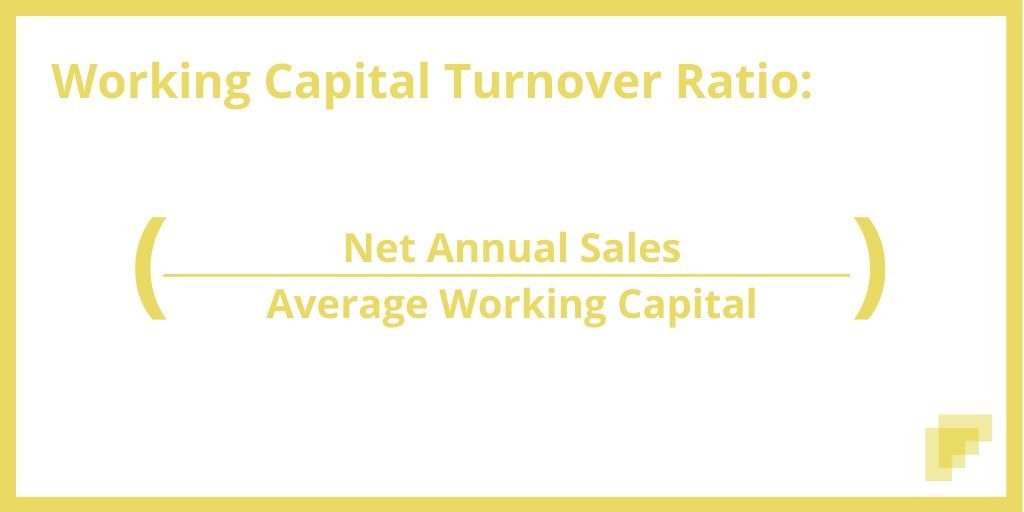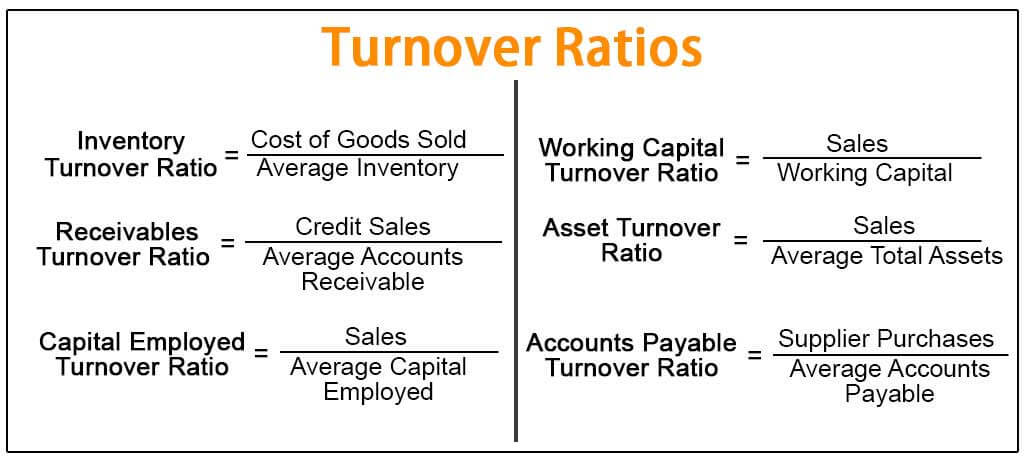
Experts say that a capital turnover ratio calculation of 1.5 to 2.0 is good. If the number is too high, it’s a working capital indicator that your available funds are too low. It tells you whether or not your leadership is good at managing cash flow within the organization. The best way to use Working Capital Turnover Ratio is to track how the ratio has been changing over time and to compare it to other companies in the same industry.
Beyond AI – Discover our handpicked BI resources
It requires fixed monthly interest payments and is used by companies experiencing rapid growth. Average networking capital cannot be calculated for the year 2000 because opening figure is not available. For example, if two of your close competitors have their WC turnover ratios of 3.2 and 3.8 and yours is 6, then yours would be deemed as high within your industry. If the previous year ratio was how long should i keep records higher than 3.89, this would suggest that utilization of the working capital during the period has become inefficient or rather, less efficient than before. The working capital turnover ratio is also known as net sales to working capital. Let us try to understand how to calculate the working capital of an arbitrary company by assuming the variables used to calculate working capital turnover.
Times interest earned ratio example
If you experience a higher demand for all your products, you are not as likely to suffer inventory shortages that sometimes accompany rising sales. Effective working capital management requires the use of ratios, such as working capital turnover and inventory ratios, among others. The use of these ratios provides insights into a business’s operations and highlights areas where improvements are needed. One effective way of managing working capital is by reducing payment terms, simplifying operations, and implementing better inventory management practices. It is important to note that the working capital turnover ratio should not be used in isolation to make financial decisions. Other financial ratios and factors such as industry trends, market conditions, and competition should also be considered.

Average current liabilities
UTX is clearly using its investment in working capital more efficiently as indicated by its higher working capital turnover ratio when compared to GE’s ratio. From the summarized balance sheet given below of a company calculate working capital turnover ratio. Your working capital turnover ratio is typically considered high when it is greater than the turnover ratios of similar companies within the same industry. Using your competitors’ turnover ratios is a good benchmark because these companies generally sell products like yours and have a similar business structure.
By understanding this ratio, you can gain insights into a company’s effectiveness in using its assets to drive sales. Generally, yes, if a company’s current liabilities exceed its current assets. This indicates the company lacks the short-term resources to pay its debts and must find ways to meet its short-term obligations.
Additionally, the working capital turnover ratio may vary depending on the industry and the nature of the business. For example, a manufacturing company may have a lower working capital turnover ratio compared to a service-based business due to the higher inventory and accounts receivable turnover. Therefore, it is crucial to analyze the ratio in the context of the specific business and industry. It is important to note that the working capital turnover ratio should be compared to industry benchmarks and historical data to determine whether a company’s ratio is good or bad. A company’s working capital turnover ratio can also be used to identify trends and patterns in a company’s financial performance over time.
- To calculate working capital, subtract a company’s current liabilities from its current assets.
- The working capital turnover ratio is also known as net sales to working capital.
- If you want to see how your business performs compared to others, it’s important to focus on businesses in your same industry.
- Create and enforce a formal collection process to avoid incurring bad debt expenses, which decrease earnings.
- A company’s working capital turnover ratio can also be used to identify trends and patterns in a company’s financial performance over time.
Overall, the working capital turnover ratio is a measure of how efficiently a company is using its working capital to generate revenue. A higher ratio indicates that a company is generating more revenue for each dollar of working capital, which is generally seen as a positive sign for investors and stakeholders. You also want to pay attention to your collection and inventory turnover ratios. When you are good at managing capital, you also have a strong cash conversion cycle (CCC). This means that you can convert assets and liabilities into revenue (cash) quickly.
A high working capital turnover ratio implies that the company is very efficient in using its current assets and liabilities to support its sales. In other words, for every rupee employed or used in the business, it is able to generate a higher amount of sales. However, a lower working capital ratio means that the amount employed in working capital is higher and that the turnover is not up to the mark.
Efficient use of working capital can also have a positive impact on a company’s profit margins. When a company uses its working capital efficiently, it can generate more revenue with the same amount of investment, leading to higher profit margins. A low working capital turnover ratio may indicate that a company is carrying too much inventory, which can be a drain on cash flow.
Having a high working capital turnover means that you are good at managing short-term assets and liabilities. Determine your net annual sales by adding up your returns, allowances, and discounts. Working capital turnover ratio establishes relationship between cost of sales and net working capital. As working capital has direct and close relationship with cost of goods sold, therefore, the ratio provides useful idea of how efficiently or actively working capital is being used. It’s useless to look at your working capital turnover ratio in a vacuum. The metric is meant to help you compare how efficient your operations are to your competitors or others in your industry.
The technology giant has a high working capital turnover ratio, indicating efficient management of its current assets. By doing so, Apple has been able to boost its profit margins and returns on investment. This ratio is an important indicator of a company’s financial health and its ability to generate profits. A higher working capital turnover ratio indicates that a company is using its working capital more efficiently to generate revenue, which can lead to increased profitability.







